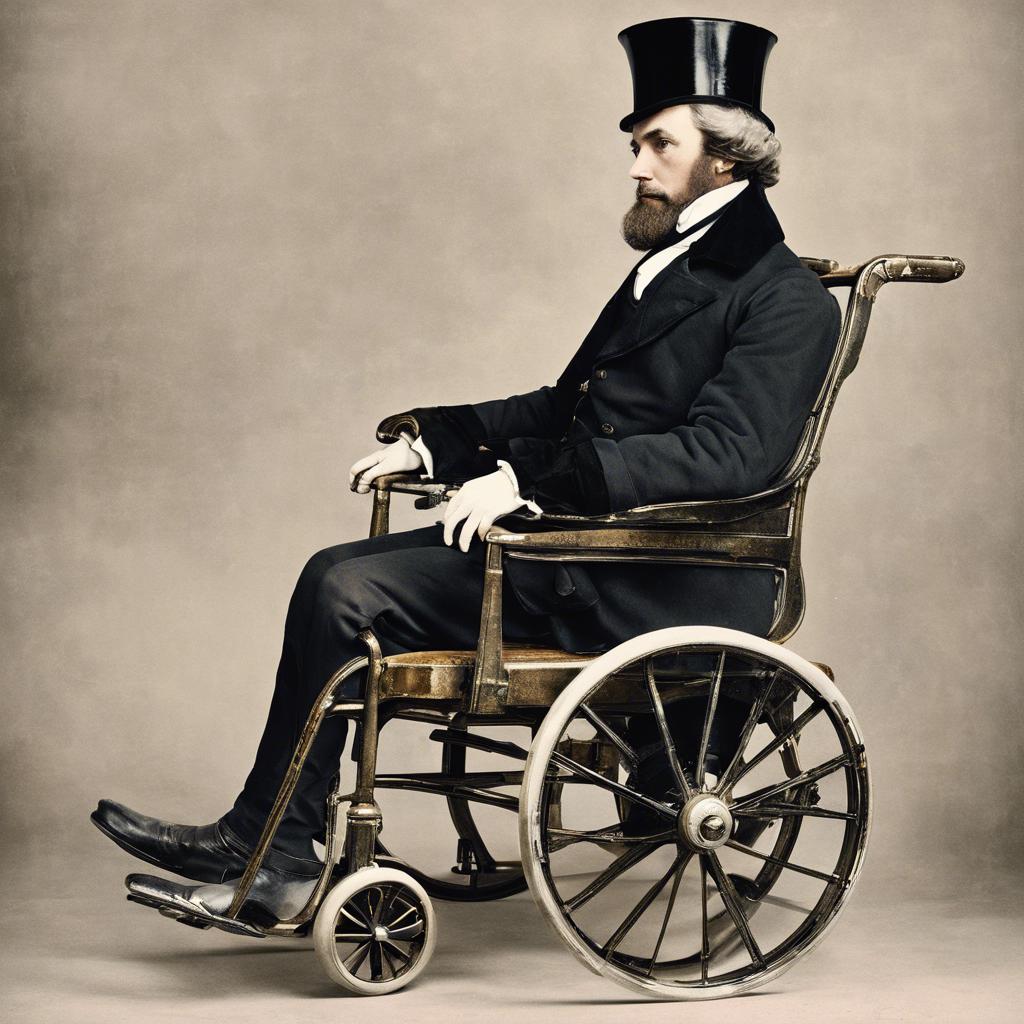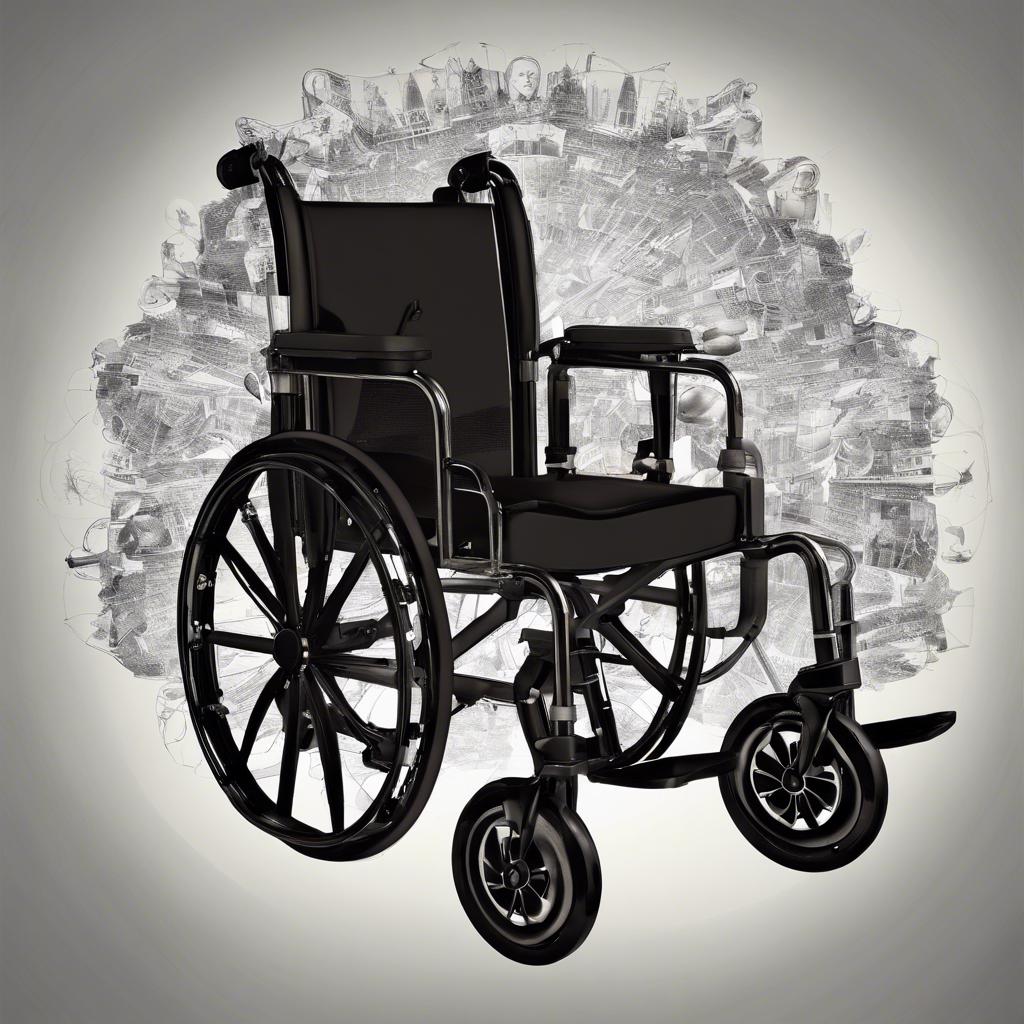During the Regency era in the early 19th century, the concept of disability and mobility impairment was met with much skepticism and misunderstanding. However, the invention of the wheelchair during this time period revolutionized the way individuals with disabilities were able to navigate and participate in society. This article delves into the history and evolution of the Regency era wheelchair, exploring its impact on the lives of those who depended on this innovative mode of transportation.
Step Into the World of Cheryl Bolen
Dive into the enchanting stories of love, intrigue, and elegance set in the Regency Era. Cheryl Bolen's novels offer timeless romance and captivating tales that will leave you wanting more.
Explore Cheryl Bolen's Books Now
– The Evolution of Wheelchairs during the Regency Era
During the Regency Era, wheelchairs underwent significant changes and improvements to better accommodate individuals with mobility impairments. The evolution of wheelchairs during this time period reflected advancements in technology and design, making them more comfortable and easier to maneuver.
One of the notable developments during the Regency Era was the introduction of wheelchairs with larger wheels, which allowed for smoother movement over uneven surfaces. This innovation made it easier for individuals to navigate outdoor spaces and travel longer distances without discomfort.
Additionally, the use of lightweight materials such as wood and iron helped reduce the overall weight of wheelchairs, making them more portable and convenient for everyday use. The Regency Era wheelchairs also featured padded seats and backrests for added comfort, as well as adjustable footrests to accommodate individuals of varying heights.
- Understanding the Design and Functionality of Regency Era Wheelchairs
In the early 19th century, wheelchairs were a crucial mode of transport for individuals with mobility impairments during the Regency Era. These wheelchairs were not only functional but also designed to reflect the elegance and sophistication of the era. The design and functionality of these wheelchairs were carefully crafted to provide comfort and support to those who needed them.
The Regency era wheelchairs were typically made out of sturdy wood, with curved armrests and a cushioned seat for maximum comfort. The wheels were often large and spokeless, allowing for smooth movement across various terrains. The overall design of these wheelchairs was sleek and stylish, complementing the high fashion of the time.
One key feature of Regency era wheelchairs was their portability. Many of these wheelchairs were collapsible, making them easy to store and transport from one location to another. This feature allowed individuals with mobility impairments to maintain their independence and participate in social events and activities with ease.
– Key Considerations for Collectors or Historians of Regency Era Wheelchairs
When collecting or studying Regency Era wheelchairs, there are several key considerations to keep in mind. These historical artifacts provide valuable insight into the mobility technology of the early 19th century, and can offer a glimpse into the daily lives of individuals with mobility impairments during this time period.
One important factor to consider is the materials used in the construction of Regency Era wheelchairs. These wheelchairs were typically made of wood, with intricate carvings and upholstery to add a touch of elegance. It is essential to carefully examine the craftsmanship and quality of the materials used, as this can provide clues about the status and social standing of the wheelchair’s user.
Additionally, considering the design and functionality of Regency Era wheelchairs is crucial for collectors and historians. These wheelchairs were often ornately designed, with curved backs and wheels that allowed for easier mobility. Understanding the evolution of wheelchair design during this time period can shed light on the advancements made in accessibility and mobility technology.
– Preserving and Displaying Regency Era Wheelchairs: Best Practices and Recommendations
In order to properly preserve and display Regency Era wheelchairs, it is essential to follow best practices and recommendations to ensure their longevity and historical accuracy. One key aspect to consider is the storage environment. Wheelchairs should be kept in a controlled climate with stable temperatures and humidity levels to prevent deterioration.
When displaying Regency Era wheelchairs, it is important to handle them with care and avoid excessive touching. To protect the wheelchairs from dust and light exposure, consider using glass display cases or covers. Additionally, make sure to position the wheelchairs in a way that minimizes potential damage from vibrations or accidental bumps.
To provide visitors with a comprehensive understanding of the historical significance of Regency Era wheelchairs, consider incorporating educational materials such as informational plaques or interactive displays. By highlighting the craftsmanship, design, and cultural context of these wheelchairs, you can enrich the visitor experience and promote a deeper appreciation for this unique piece of history.
In Retrospect
the Regency era wheelchair played a significant role in providing mobility and independence to individuals with physical disabilities during the early 19th century. This innovative and revolutionary invention not only allowed for increased social integration and accessibility but also symbolized the progress and advancements in technology and healthcare of the era. As we reflect on the contributions of this remarkable piece of history, let us continue to strive for inclusivity and equality for all individuals, regardless of their physical limitations. Let the legacy of the Regency era wheelchair inspire us to create a more accessible and inclusive world for generations to come.


